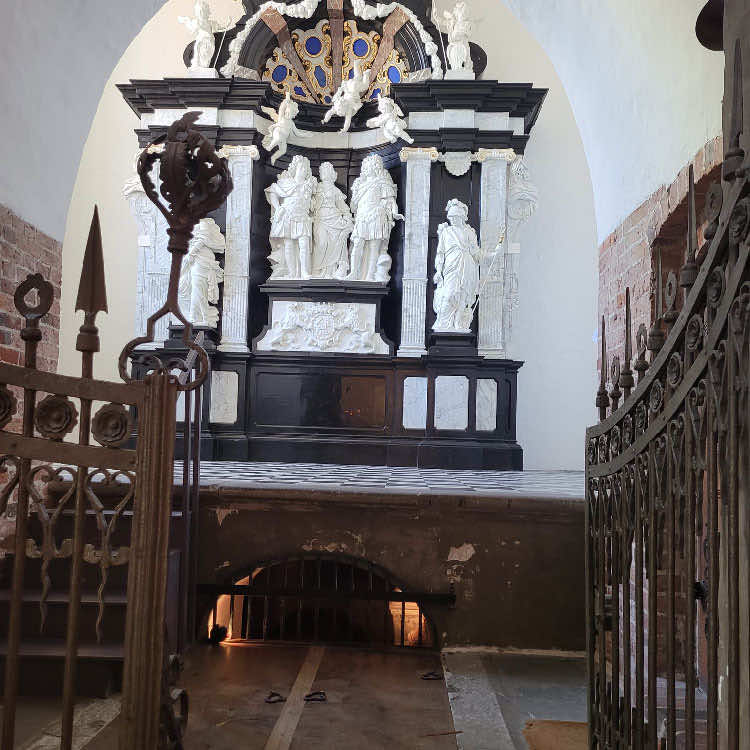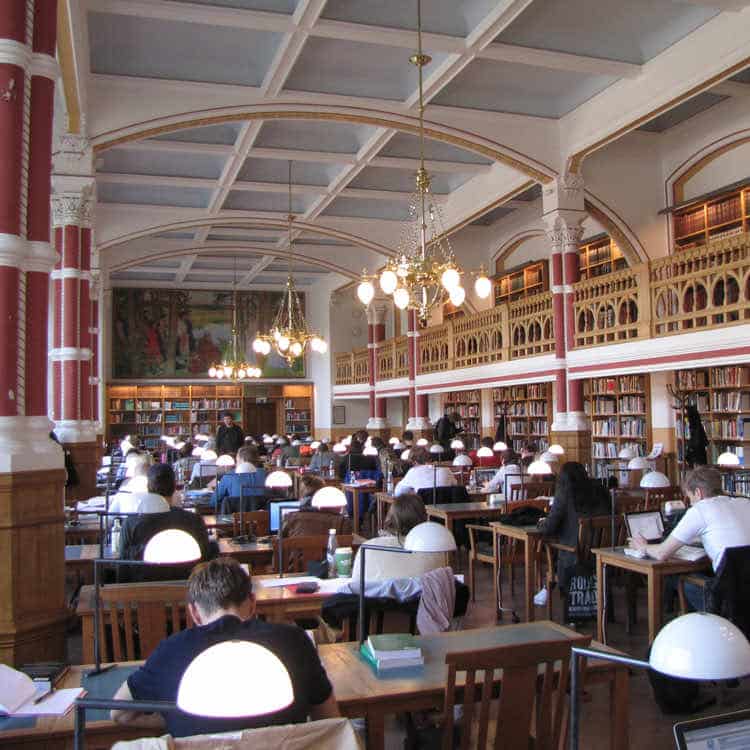Lighting Design
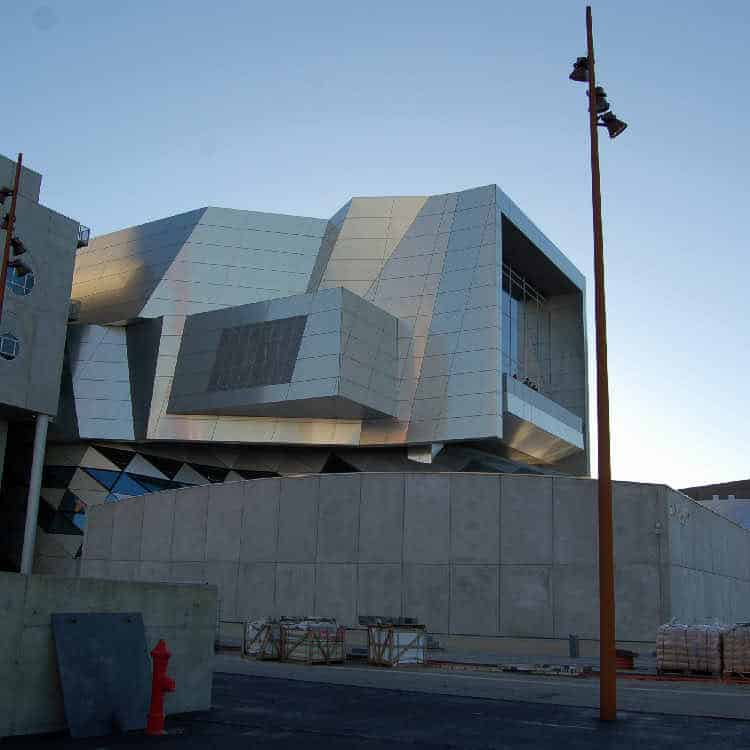
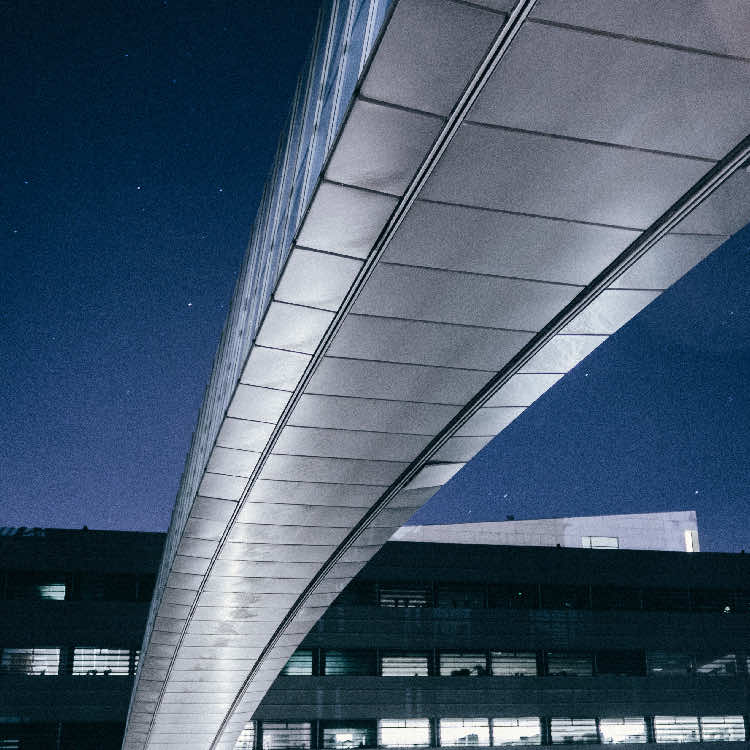
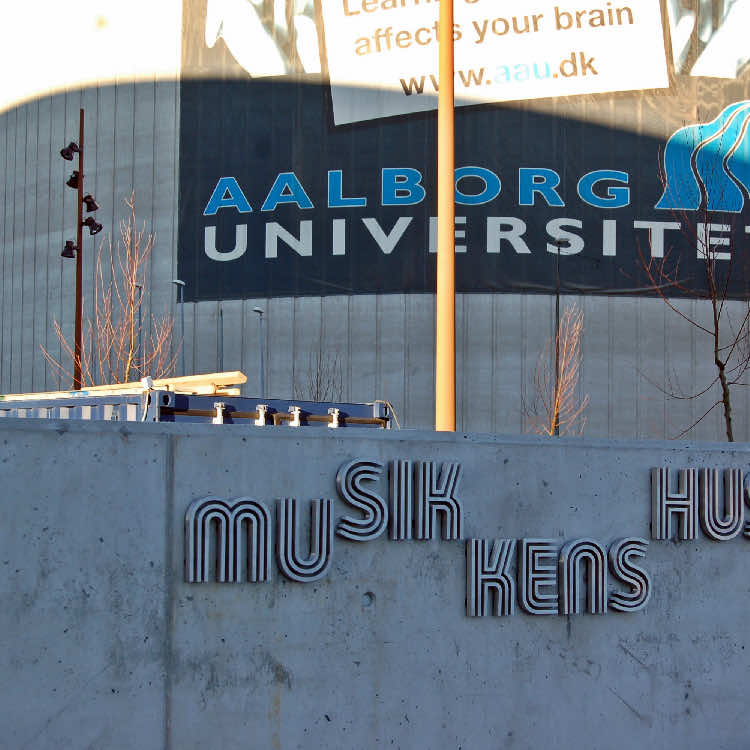

Tuition

Duration

Admissions Deadline

Location
Profile
Lighting Design is a new master’s programme at Aalborg University Copenhagen (AAU-Cph). It is a new, cross-disciplinary and international programme based in a special Danish and Nordic tradition for light perception. Focus is thus on how the technical qualities of light and materials are applied in order to promote comfort and aesthetics.Lighting Design at Aalborg University gives you a future-proof education with an attractive international profile. All teaching is in English.
Map
Sorry, no records were found. Please adjust your search criteria and try again.
Sorry, unable to load the Maps API.
Admissions Requirements
Applicants must have a bachelor's degree with a major in Medialogy, IT, Communication and New Media, Engineering (Electronics and Computer Engineering),architecture, design, sustainable design, structural engineering and building design.
Applicants from non-anglophone countries must provide proof of English proficiency.
Application deadline for non EU students is November 1.
Related Programs
Program Information
Aalborg
North Denmark Region
9220
Denmark
- 2 years
- Full Time
- On Campus Learning
Additional Information
Considerations

